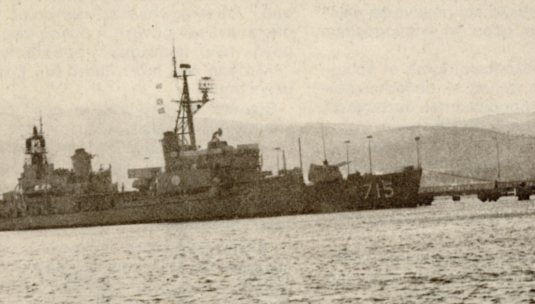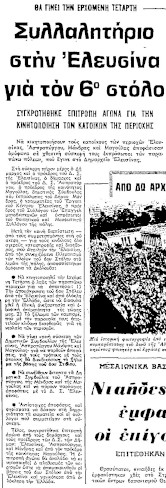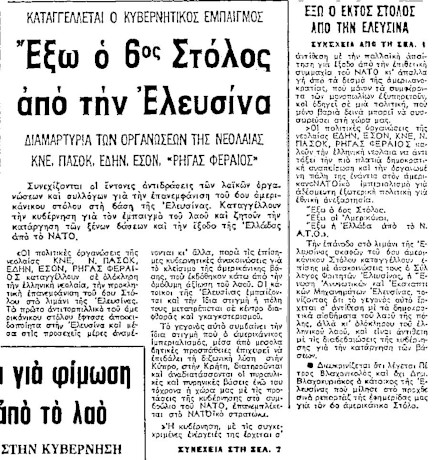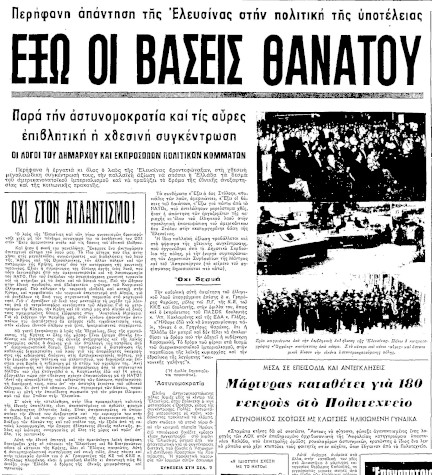
The development of a central port was part of the plans of both the state and the industries ever since the initial period of industrialization. The Sub-Customs Office of Elefsina was established in 1842, followed by the Health Center, which was developed in 1845 with the intent of providing medical tests to ship crews. In 1914, concurrently with Elefsina’s industrial development, there was also the establishment of the Port Fund of Elefsina, which remained in operation until 2001, when it was converted into a société anonyme under the name Elefsis Port Authority (OLE in Greek) (Law 2932/2011). The main commercial port, the docks of the former American military base, and the port at Vlycha are all regulated by OLE.
OLE also owned various areas of the city and the coast; its assets were transferred to the Hellenic Republic Asset Development Fund (TAIPED in Greek) in 2012. Consequently, the city’s municipal authorities have absolutely no ownership of the areas regulated or owned by OLE.

During my childhood, we used to swim there; there was no port, it was constructed by a group of Symiots in 1928, and if these people were alive today, they would have to be 140-150 years old–of course, they aren’t alive… After 1967, when this place began to take form and became a port, which, if I’m not mistaken, was finished around 1973-1974 and consisted of the buildings, the port authority, the customs office, and an old-looking building, the Elefsis Port Authority.
GIORGOS ROKAS

THEY THREW
COCA-COLA
BOTTLES
AT US


The industrial, logistical, and commercial activity of Elefsina shrunk any spaces which remained public for the benefit of the locals. The state’s contribution to the arrangement of public space was small and focused on central squares and public buildings. The funding came largely from the industry itself through private initiatives organized from the mid-1970s to the early 1980s. Iroon Square was constructed in 1953 and Laou Square was only developed in 1985.

The twelve-year mayorship (1975-1986) of Michalis Leventis was a very important time for the arrangement of public space in Elefsina. Leventis reformed Elefsina through spaces and infrastructures such as the Thriasio hospital, schools, squares, parks, and playgrounds.

Leventis stayed for three terms because he truly was one the best, even the people of Lower Elefsina voted for him, because he also restored Lower Elefsina; he constructed the square, the beach, the township, which was a complete mess, it had no squares, he built the schools, the hospital, roads… The entire township, in which we were in mud up to here, had a main street over there. That building is where the main street was, Venizelou Street, that one was paved with asphalt, all other streets were mud, dirt, soil, and we had fountains in every corner and block, taking water from the wellspring to bring home for housecleaning, showering, dishwashing, you know? Leventis made things happen for Elefsina.
SPIRIDOULA GKINI









